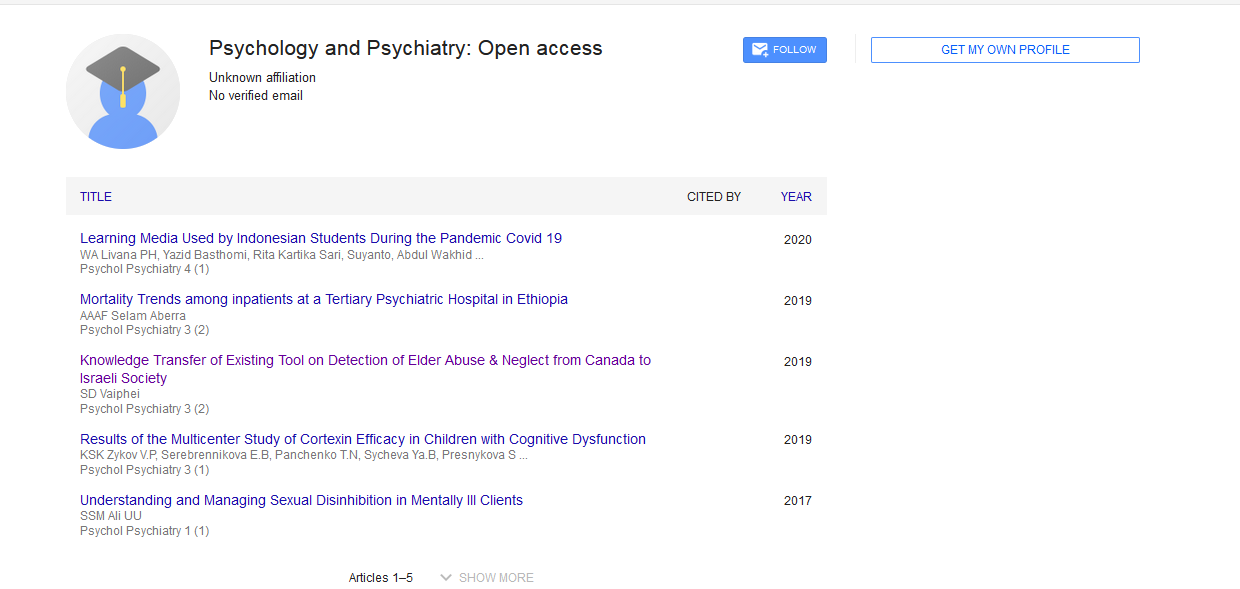Management of the acute serious strokes in sub-Saharan Africa: Case of Togo
*Corresponding Author:
Copyright: © 2020 . This is an open-access article distributed under the terms of the Creative Commons Attribution License, which permits unrestricted use, distribution, and reproduction in any medium, provided the original author and source are credited.
Abstract
Introduction - Serious strokes are a particular evolutive form of strokes. They present significant diagnostic and therapeutic challenges. Objectives - To describe diagnostic and therapeutic aspects of acute serious strokes. Methods - A prospective cohort study was carried out from January 1st 2015 to December 31th 2016 (2 years) at neurology department of University Hospital Campus. It included patients with acute serious strokes. Clinical features, brain imaging findings, therapeutic measures and outcome were evaluated. Results - Of the 1964 strokes diagnosed, there were 163 cases of acute serious strokes (8.3%). Among of the latter, it was noted 100 (61.3%) hemorrhages and 63 (38.7%) arterial infarcts. Supra tentorial damage location was predominant (77.3%). Main etiologies of hemorrhages and arterial infarcts were, respectively, hypertension (83.5%) and atherosclerosis of large arteries (84.1%). Rates of patients hospitalized within 4:30 hours (arterial infarcts) and 8:00 hours (hemorrhages) were, respectively, 20.6% and 40%. In the same time ranges, rates of CT scan performing were 4.8 and 6% in patients with arterial infarcts and hemorrhages, respectively. Minimum resuscitation measures and active therapies were implemented in patients. Mortalities in 7 and 15 days were, respectively, 32.5% and 12.3 %. Overall mortality (44.8%) was correlated with diagnosis and treatment delay, and active therapy limitations, in addition to the predictive factors of mortality. Conclusion - Real problems of acute serious strokes management remain in Togo. They have a negative effect on the vital and functional prognosis. Because of that, it is important to strengthen therapeutic management resources and preventive measures. Keywords - Serious strokes, diagnosis, treatment, sub-Saharan Africa, Togo.

 Spanish
Spanish  Chinese
Chinese  Russian
Russian  German
German  French
French  Japanese
Japanese  Portuguese
Portuguese  Hindi
Hindi 